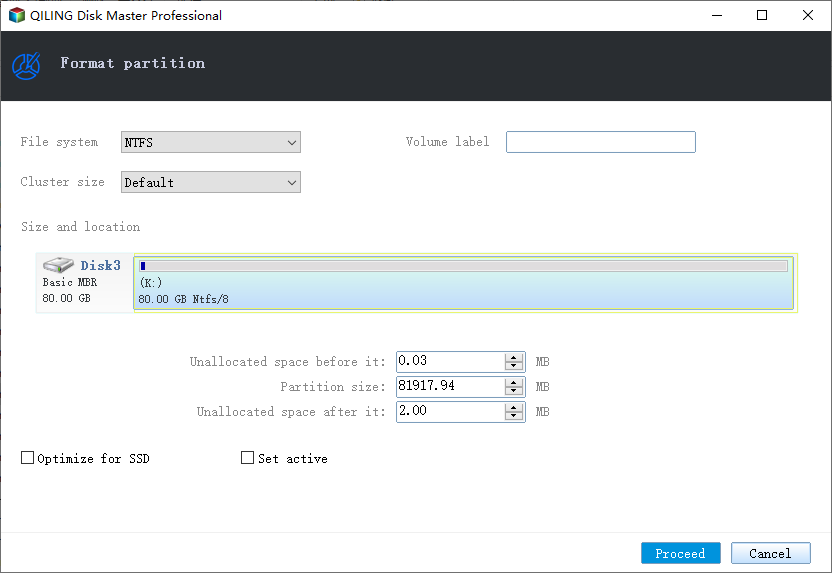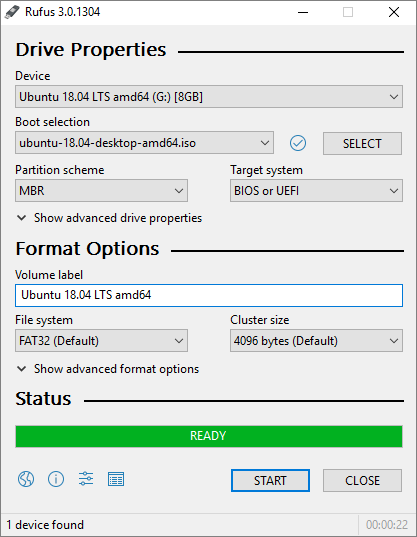Three Simple Ways to Format a Bootable SD Card (Useful Tips)
SD card is widely used in your digital camera, notebook, and even some cell phones. If you are working with a laptop, you likely won't have an included DVD-ROM drive. If you want to install or format your Windows, you run into some problems. Thus, a bootable SD card or a bootable USB becomes important for you.
A bootable SD card is a special device that contains a bootable operating system. It allows you to boot your computer that has boot problems or suffer from system crashes. But why do you want to format a bootable SD card? The main reason is compatibility. As you know, different devices support various file systems. To fit a certain device, you have to format your bootable SD card to NTFS, FAT32, or exFAT file system.
This article explains how to format a bootable SD card using Windows File Explorer, Disk Management, and Qiling Partition Master. Instructions in this article apply to Windows 11, 10, 8, and 7.
| Workable Solutions | Step-by-step Troubleshooting |
|---|---|
| Fix 1. Windows File Explorer | Step 1. Connect the SD card to your computer with a card reader...Full steps |
| Fix 2. Disk Management | Step 1. Connect your SD card to your computer with a card reader...Full steps |
| Fix 3. Qiling Partition Master |
Step 1. Find your SD card and right-click the partition you want to format and choose "Format"...Full steps |
Method 1. Format Bootable SD Card with File Explorer
The most straightforward way to format the bootable SD card is using File Explorer. With this method, you can format the bootable SD card with simple clicks.
Step 1. Connect the SD card to your computer with a card reader.
Step 2. Go to "This PC" and open Windows Explorer, right-click your SD card, and then choose "Format".
Step 3. Specify the file system and set a new label for your SD card. Click "Start" and "OK" to confirm the formatting.

Method 2. Format Bootable SD Card with Disk Management
Another way to format the bootable SD card is using Disk Management. When the File Explorer doesn't work well, Disk Management is a nice choice. Follow the steps below to format a bootable SD card.
Step 1. Connect your SD card to your computer with a card reader.
Step 2. Right-click "This PC", choose "Manage" to enter "Disk Management".
Step 3. Locate and right-click your SD card, choose "Format".
Step 4. Click "Yes" to continue, set a new label, file system - exFAT, FAT32, or NTFS to the card. Then click "OK" to format your SD card.

Method 3. Format Bootable SD card with Qiling Partition Master
The most recommended way to format a bootable SD card is using a disk management tool - Qiling Partition Master. With this partition manager, you can format your bootable SD card to NTFS, FAT32, or Ext 2/3/4 in Windows 11/10/8.1/8/7/XP/Vista.
Besides, this format utility allows users to format bootable USB drives or external hard drives. It has a user-friendly interface and is easy to handle. Follow the detailed steps below to format your bootable SD card.
Step 1. Find your SD card and right-click the partition you want to format and choose "Format".

Step 2. Set a new partition label, file system (NTFS/FAT32/EXT2/EXT3/EXT4/exFAT), and cluster size to the selected partition, then click "Proceed".

Step 3. Click "OK" on the pop-up window to start formatting your SD card.
Extra Tip - How to Create a Bootable SD Card
You can create a bootable SD card or a bootable USB with simple steps. Here is an example of creating a bootable SD card with Rufus.
Step 1. Download Rufus from here. (https://rufus.ie/en/)
Step 2. Start Rufus. Right-click on the downloaded file and select "Run as Administrator".
Step 3. Select your SD Card in the Device drop-down menu. The file system should be Fat32.
Step 4. Check the boxes Quick Format and Create a bootable disk. Select the Windows 10 ISO file for the bootable disk.
Step 5. Press the "Start" button and wait for it to complete.

Conclusion
The three solutions above can make it easy to format a bootable SD card. It is recommended to use Qiling Partition Master because it provides users with more advanced options. Additionally, you can learn how to make an SD card bootable with the detailed steps. This post could be very helpful for you.
Related Articles
- How to Manage Partitions with Disk Partition CMD in Windows 11/10?
- How to Copy Dynamic Volume
- Free Partition Manager for Windows 7/Windows 10 64 Bit
- Can Windows 11 Run MBR? Your Guide to Install Windows 11 on MBR in 2022